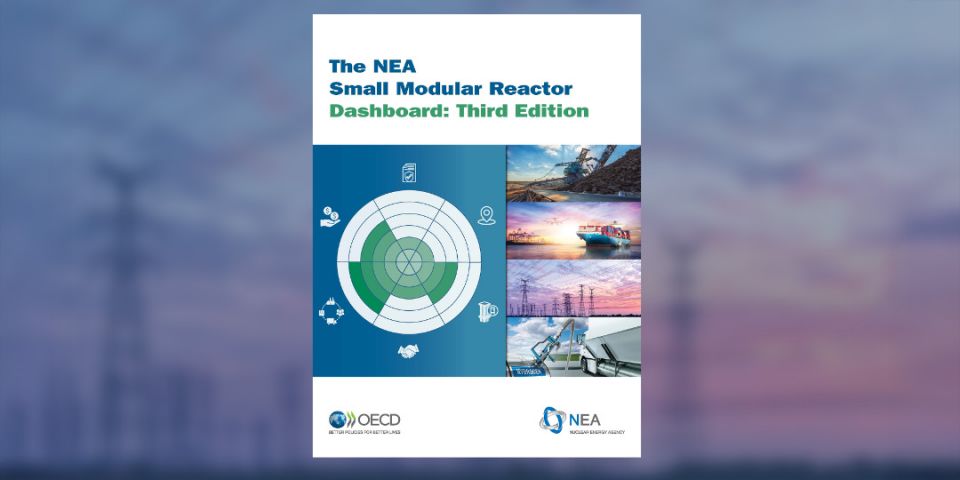The press has virtually ignored the announcement, possibly because an advanced technology development cost-sharing program of $452 million, spread over five years, may not make for a big target in a multi-trillion-dollar annual federal budget. But it does present an opportunity to quickly point out a few important facts about SMR technology.
As a general statement, at this juncture in world history, it is almost impossible to overstate the critical importance of developing clean, versatile, energy-dense, and low-carbon-emission energy technologies for our future. SMRs show great promise to help achieve this vitally important goal.

B&W mPower SMR
In contrast to large nuclear reactors, which have enormous components that are shipped to and assembled at the site where they will operate, SMRs will be assembled in a factory, somewhat like a modular home. SMRs will use manufacturing capability currently entirely available in the United States. Construction time for SMRs will be greatly reduced compared to current larger-scale reactors. Upfront capital costs and debt loads sometimes prevent deployment of larger nuclear reactors, and the reduced cost and speedier construction time of individual SMR units will help lower this barrier to emission-free energy. SMRs will also offer great versatility for industrial applications. For example, SMRs are ideal for producing fresh water by desalination in many growing regions of the world. SMR designs offer advanced safety and proliferation-resistance features as well.
These factors will allow low-carbon energy technology in new locations and markets, and locations where alternative forms of energy are not available or attractive (e.g., natural gas price and availability vary widely in the United States and especially abroad). SMR technology also promises to build on U.S. global leadership in nuclear technology to allow new U.S. manufacturing exports to markets abroad.
SMR technologies will require significant review and approval from the Nuclear Regulatory Commission before they can be built. The American Nuclear Society has taken a leadership role in addressing licensing issues for SMRs, and will continue to do so.
ANS recommends the U.S. government continue to expedite research on issues that must be addressed prior to commercial deployment of SMRs; identify and resolve SMR licensing issues; encourage the development and deployment of multiple SMR designs; and participate in programs that demonstrate the feasibility of multiple SMR designs and approaches to reduce the time to market. Note that much of the funding in the DOE's SMR program is actually for helping to establish reliable licensing and inspection of the technology.
Finally, a quick historical observation is in order (thanks to Rod Adams' excellent coverage of the Taxpayers for Common Sense SMR press conference). In historical context, government investments in natural gas and oil hydraulic fracturing research, as early as the 1970s and continuing in subsequent decades, share similarities to federal investment in SMR technology today. The oil and gas industry was already "mature" in the 1970s, yet federal research investment in new technology in the field now brings a very good return for taxpayers in terms of more abundant, cleaner, and less expensive natural gas energy (although certainly not clean by nuclear standards, it must be noted).
For more complete information, see American Nuclear Society Position Statement Small Modular Reactors and press release ANS supports the development of advanced energy technologies.
Babcock & Wilcox Refutes Mischaracterization of SMR Program
_________________________





